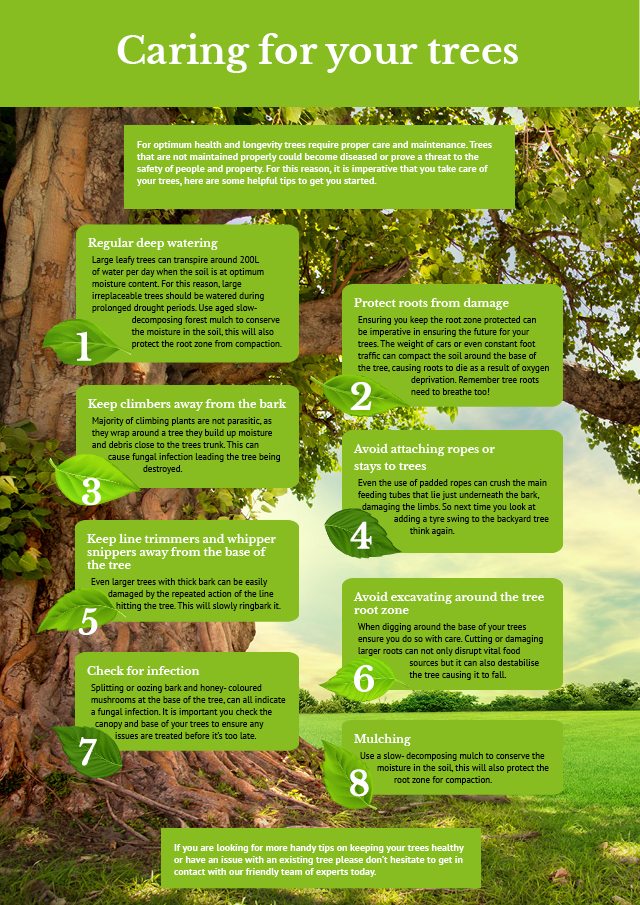Post-Tree Elimination Upkeep Is Crucial For Recovering Your Landscape; Find Out Vital Actions To Renew Your Location And Prevent Possible Troubles
Post-Tree Elimination Upkeep Is Crucial For Recovering Your Landscape; Find Out Vital Actions To Renew Your Location And Prevent Possible Troubles
Blog Article
Written By-Powell Deal
After a tree's elimination, your landscape may look quite various, and it's necessary to analyze the aftermath thoroughly. You'll intend to evaluate the soil disruption and check bordering plants for any type of signs of stress. Ignoring these elements can result in bigger troubles down the line. So, what should you do with those stumps and origins? And just how do you select the most effective plants for your rejuvenated room? Allow's explore these crucial steps.
Evaluating the Consequences: Reviewing Your Landscape
After a tree removal, it's crucial to examine your landscape to recognize the impact it has on your backyard.
Begin by taking a look at the location where the tree stood. Search for signs of dirt disturbance, and inspect the surrounding plants for any stress and anxiety or damages.
You must also keep in mind of exactly how the elimination has actually changed sunlight exposure and air flow in your yard. This change can affect the growth of nearby plants, so it's important to assess their health and wellness.
Consider the visual facets too; the elimination may create an open space that you can revamp.
Finally, consider any possible erosion problems that might emerge from the tree's absence. Addressing these aspects early will aid bring back equilibrium to your landscape.
Dealing With Stumps and Origins: Options for Elimination
As soon as you have actually evaluated the consequences of the tree removal, you'll likely require to take on the stump and origins left.
You have a couple of options for removal. One reliable technique is stump grinding, where a professional utilizes a maker to grind the stump down to below ground degree. This approach leaves minimal interruption to your landscape.
If you choose a DIY technique, you can make use of a mix of digging and chemical stump cleaners. Just keep in mind, this process can take time and initiative.
Conversely, consider leaving the stump as a natural function, which can act as an one-of-a-kind yard aspect or environment for wild animals.
Whatever you select, addressing the stump and roots is necessary for recovering your landscape.
Selecting the Right Plant Kingdoms for Your New Area
As you analyze your recently removed space, picking the right plants can dramatically improve your landscape's appeal and performance.
Start by considering the sunlight and dirt problems. For Bonsai Tree Trimming , go with drought-resistant plants like lavender or succulents. In shaded areas, ferns and hostas grow well.
Think of If A Neighbor's Tree Falls On My Property Who Is Responsible For Removal and growth behaviors of your plants; mix perennials and annuals for seasonal variety. Don't fail to remember to integrate indigenous species; they call for much less maintenance and support local wildlife.
Team plants in odd numbers for a more all-natural appearance and create layers for aesthetic deepness.
Lastly, ensure you have a mix of colors and appearances to maintain your landscape dynamic throughout the seasons.
Satisfied planting!
Final thought
In conclusion, restoring your landscape after tree elimination is a satisfying procedure. By evaluating the results, resolving stumps and roots, and picking the right plants, you'll create a thriving atmosphere. Don't fail to remember to integrate erosion control procedures to safeguard your soil. With a little initiative and treatment, you can change your area right into a vivid garden that enhances your property. Embrace Small Tree Removal Near Me to renew your landscape and delight in the charm of nature right in your backyard!
